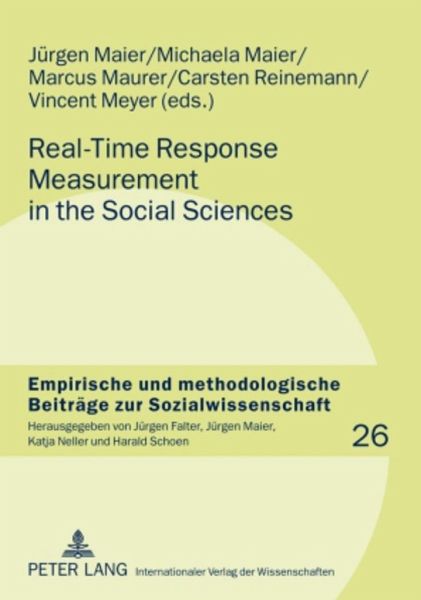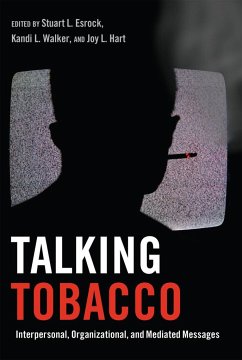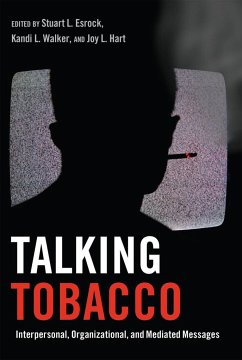
Real-Time Response Measurement in the Social Sciences
Methodological Perspectives and Applications
Herausgegeben: Maier, Jürgen; Maier, Michaela; Maurer, Marcus; Reinemann, Carsten
Versandkostenfrei!
Versandfertig in 6-10 Tagen
68,95 €
inkl. MwSt.

PAYBACK Punkte
0 °P sammeln!
Do people like a movie? Are consumers attracted by a broadcast commercial? How do voters evaluate the performance of political candidates in a televised debate? Traditional study designs measure the effects of those media stimuli after a recipient has been exposed to the entire movie, commercial, or debate. This approach has its limitations. Although we can learn if people like a particular stimulus as a whole we cannot tell which elements of the stimulus are responsible for the overall judgment. Real-time response (RTR) measurement provides this information. By recording individual spontaneou...
Do people like a movie? Are consumers attracted by a broadcast commercial? How do voters evaluate the performance of political candidates in a televised debate? Traditional study designs measure the effects of those media stimuli after a recipient has been exposed to the entire movie, commercial, or debate. This approach has its limitations. Although we can learn if people like a particular stimulus as a whole we cannot tell which elements of the stimulus are responsible for the overall judgment. Real-time response (RTR) measurement provides this information. By recording individual spontaneous reactions to media messages on a second-by-second basis this technique offers unique insights into human information processing.












